Painting the powerful: Artists share process of capturing presidential couples on canvas
Artists Wiley and Sherald have been commissioned to paint the Obamas’ portraits.
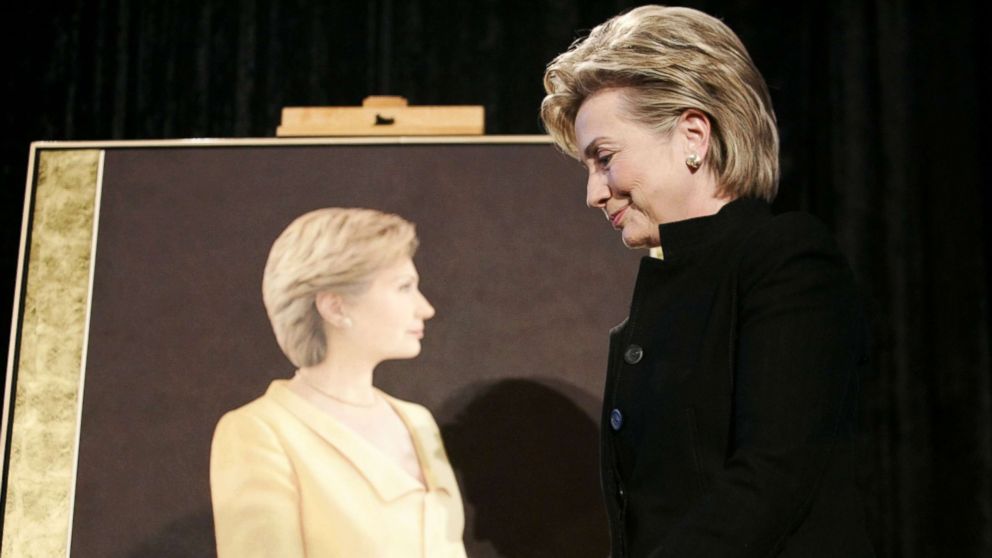
— -- It was May of 1998 and artist Ginny Stanford was at the White House meeting then-first lady Hillary Clinton for the first time.
“I think the thing that struck me most about that meeting was how beautiful she was in person,” Stanford told ABC News in an interview.
Stanford had been chosen to paint Clinton’s portrait for the National Gallery Museum - the first time the museum commissioned a portrait of a first lady.
“There was so much warmth and humor that I sensed from her in person, and she hadn’t been portrayed like that in public,” Stanford said. “I felt really excited about the possibility about portraying this side of her.”
Clinton’s image is easily recognizable, seen everywhere, photographed multiple times - so how does one reveal a side the public hasn’t seen? How does one gain the subject's trust so they relax, especially someone as guarded as Hillary Clinton?
That’s the challenge portrait artists face when they’re tasked with painting the most famous faces in American politics - the president and the first lady.
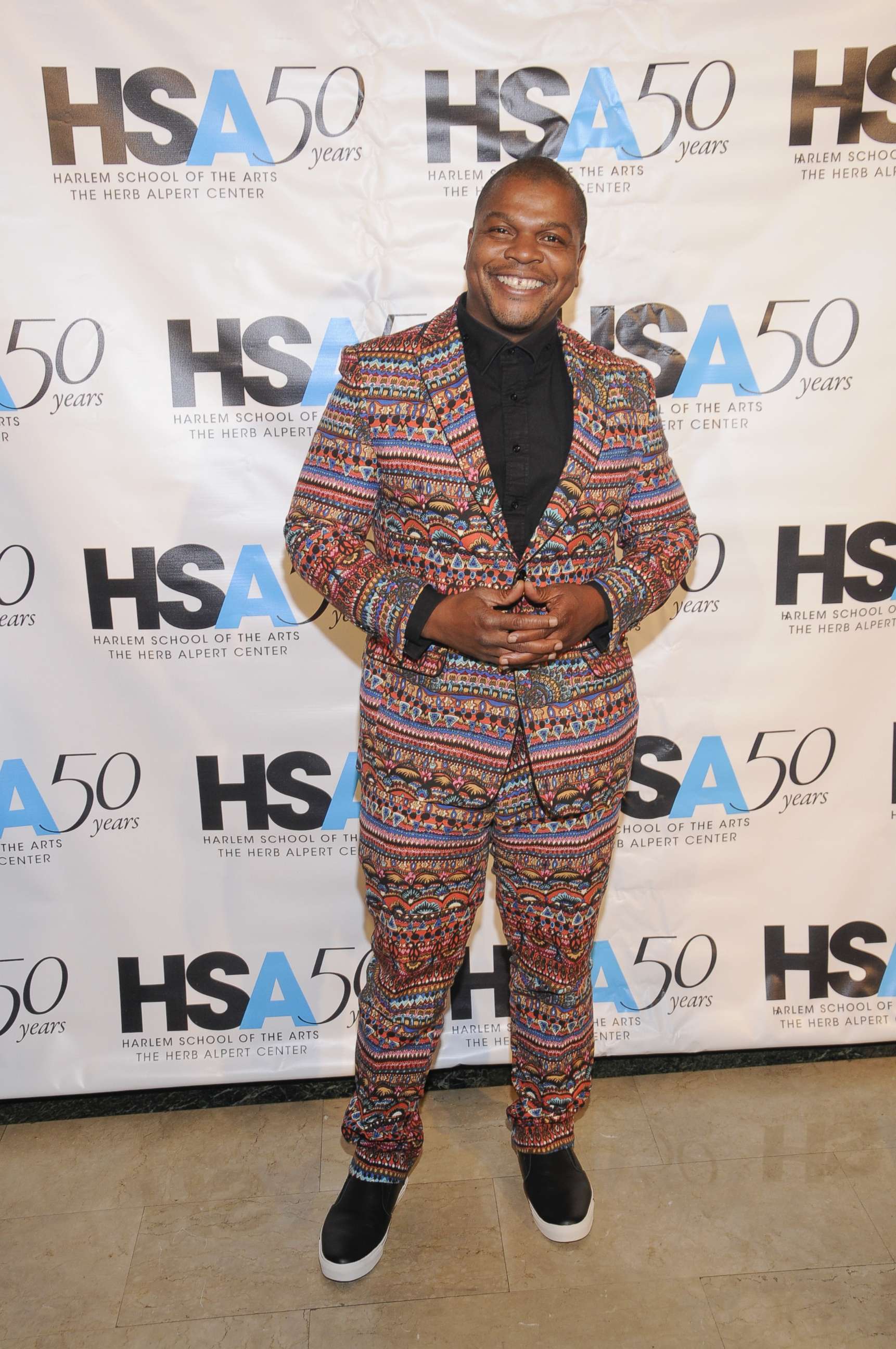
The National Portrait Gallery in Washington, D.C. announced in October that artists Kehinde Wiley and Amy Sherald were selected to paint former President Barack Obama and former first lady Michelle Obama. Each president has two official portraits, one commissioned for the White House and another for the National Portrait Gallery.
When Obama was on his way out of office, the museum and the White House partnered to select the portrait artists to best capture the first couple.
Wiley and Sherald are the first African American artists chosen by the gallery to paint the president and first lady since it began commissioning presidential portraits in the 90s, with George H. W. Bush being the first.
The artists are declining interviews about the Obama portraits until after their unveiling in early 2018, but the director of the National Portrait Gallery, Kim Sajet, praised the selection.
“Kehinde Wiley and Amy Sherald bring tremendous energy and empathy to their portraits, and we are excited to see how that translates to picturing the president and first lady,” Sajet said in a statement. “In many respects, they are introducing a new chapter in official portraiture by combining the best of the past with pop culture, the hip-hop aesthetic of urban America and the personal stories of the artists themselves.”
Wiley, 40, grew up in South Central Los Angeles in the late 80s. He began attending art school when he was 11, and was "very much a part of the environment that was driven by some of the defining elements of hip-hop: the violence, anti-social behavior, streets on fire,” according to his biographical web page.
Wiley’s artwork features young black men and women “within the field of power” by drawing on classical European paintings of royalty and aristocrats.
One of Wiley’s most famous paintings is his reinterpretation of Jacques-Louis David’s "Bonaparte Crossing the Alps at Grand-Saint-Bernard."
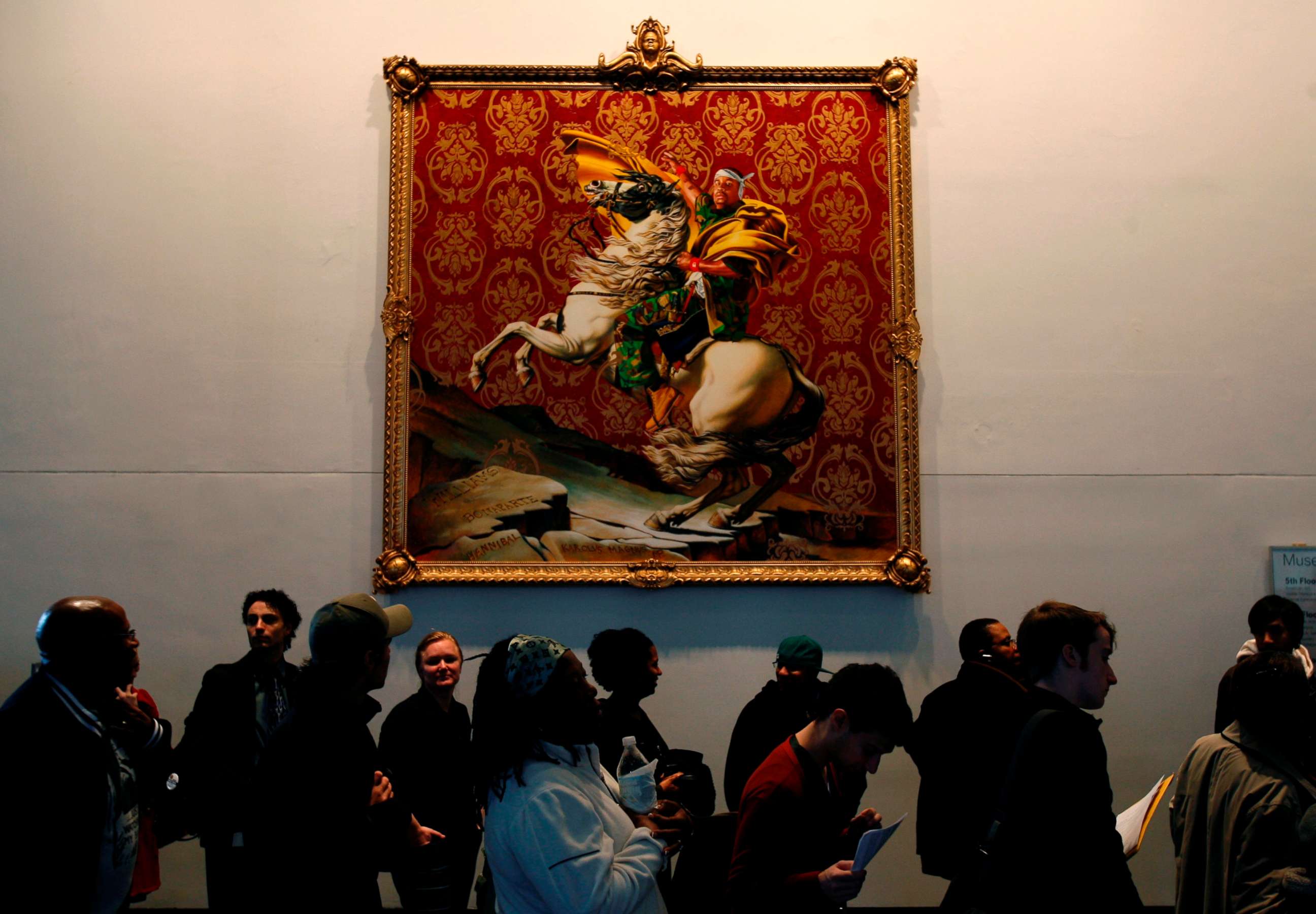
“Painting is about the world that we live in. Black men live in the world. My choice is to include them. This is my way of saying yes to us,” Wiley is quoted on the Brooklyn Museum’s website.
Wiley told BBC News back in 2012 that it “would be interesting to paint Obama” and that “the reality” of Obama being the U.S. president “means that the image of power is completely new for an entire generation of not only black American kids, but every population group in this nation.”
As for Wiley's counterpart, the National Portrait Gallery began following Sherald’s work before she was selected to paint Michelle Obama. She won the gallery’s 2016 Outwin Boochever portrait competition with a piece titled "Miss Everything (Unsuppressed Deliverance).”
“It was a strong, beautifully painted image of a person that we all wanted to know more about,” Brandon Fortune, the museum's chief curator, told ABC News.
The Georgia-born artist is now based in Baltimore. She portrays black men and women with a grey skin tone, and uses splashes of color in their clothing and in the paintings’ backgrounds.
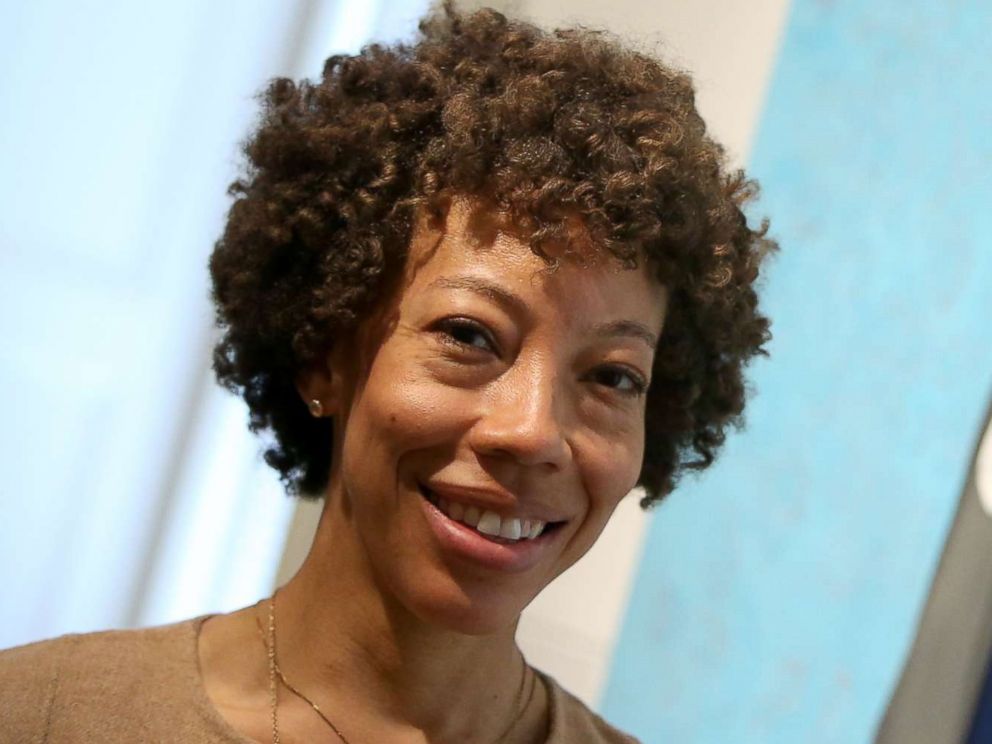
How Wiley and Sherald will approach their portraits of the Obamas remains under wraps, but artists previously commissioned by the gallery shared with ABC News that the process of painting a former president and first lady can be immensely personal.
Sometimes life interrupts art in unexpected ways, the artists told ABC News, imbuing the final product with especially poignant memories.
Robert Anderson felt torn after being selected to paint George W. Bush for the National Portrait Gallery in 2006. Anderson was excited about reconnecting with his former Yale classmate whom he'd painted four years earlier on behalf of the Yale Club of New York City.
But when he was approached by the National Portrait Gallery, Anderson's father had just fallen ill, and he didn’t want to leave his side.
After receiving his father’s blessing, Anderson flew to Washington, D.C. in October 2006 and joined the president and first lady on a tour of the National Portrait Gallery where they viewed the past presidents’ portraits together.
Anderson recalled in an interview with ABC News that Bush turned to him and said, “I do not want to be the largest painting in the gallery. I don't want the size of it to be conspicuous.”
At the end of their tour, the elevator taking them to the exit stalled.
“The president was kind of joking with the elevator operator that maybe she didn't push hard enough or something. And she tried again. Nothing,” Anderson said.
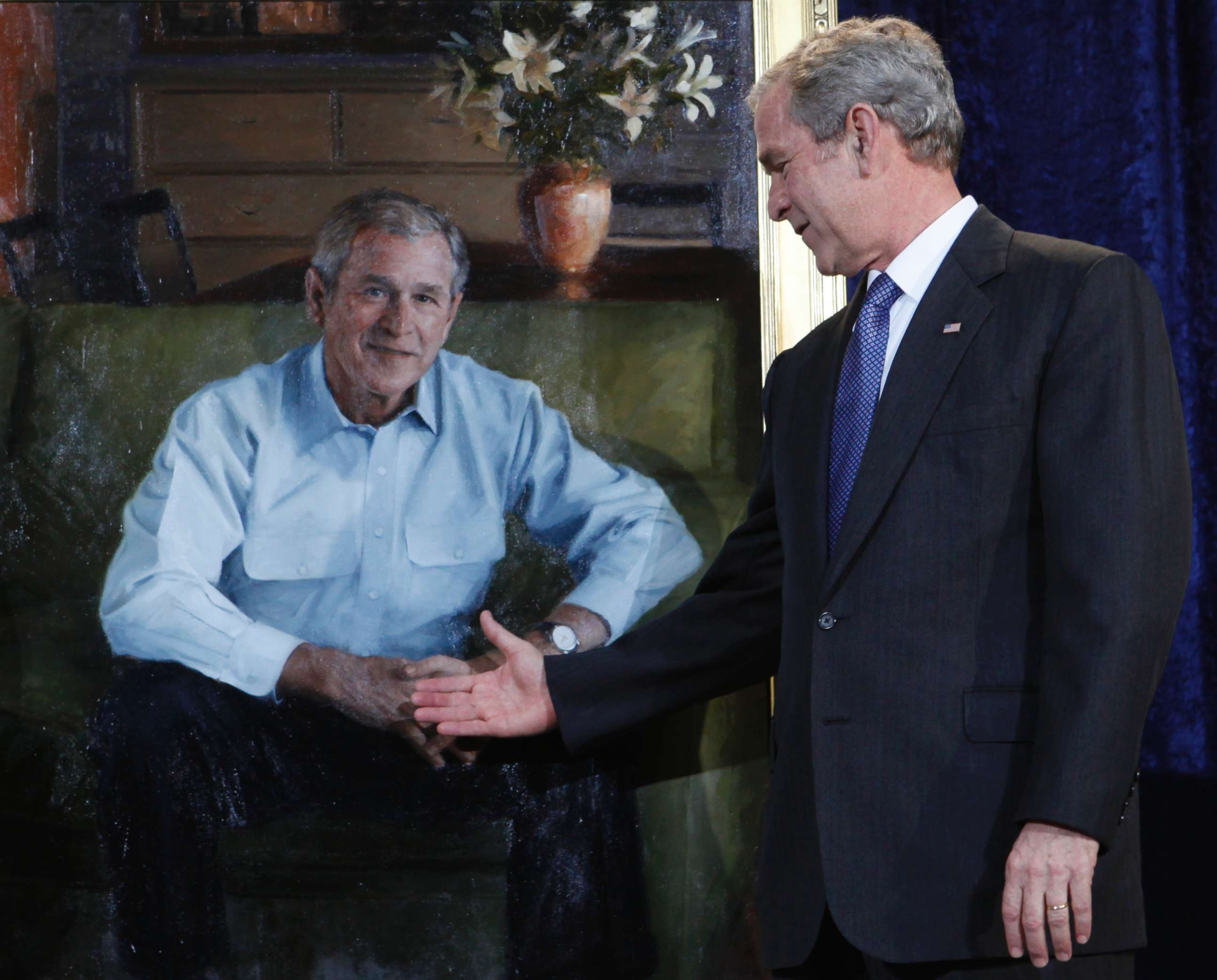
As a security precaution, the Secret Service detail led the president, the first lady and the artist out the elevator and down the stairs. Having thought nothing of the incident, Anderson accompanied the first couple back to the White House for lunch.
On the train ride back to home to Connecticut, Anderson called his sister to check on his father.
“And she told me that he had passed away and that he had passed away right about the time that the elevator stalled,” Anderson said. “It still puts goosebumps on my arms to talk about that. I had just this sense...that he stopped in for a short visit and made himself known.”
Anderson added, “When I left my father said, nearly his last words to me were, 'This is really important. I really want you to go. I wouldn't have it any other way.' With that sendoff, it was pretty powerful.”
Fast forward to March 2008: Anderson received the go-ahead to begin painting the newly former president. Bush sat with Anderson in-person for two photo sessions in April and in September at Camp David so Anderson could work off of the photographs.
Anderson’s portrait features the president smiling in a relaxed pose on a sofa, with first lady Laura Bush's lilies in the background and four chairs around a table symbolizing each member of their family.
“[Bush] was very relaxed when I was there and we were in conversation. That was just very much the way he would be,” Anderson said. “And I think we caught that in the painting; that was my aim to get that sense, that the viewer of the painting could be in conversation with the president.”
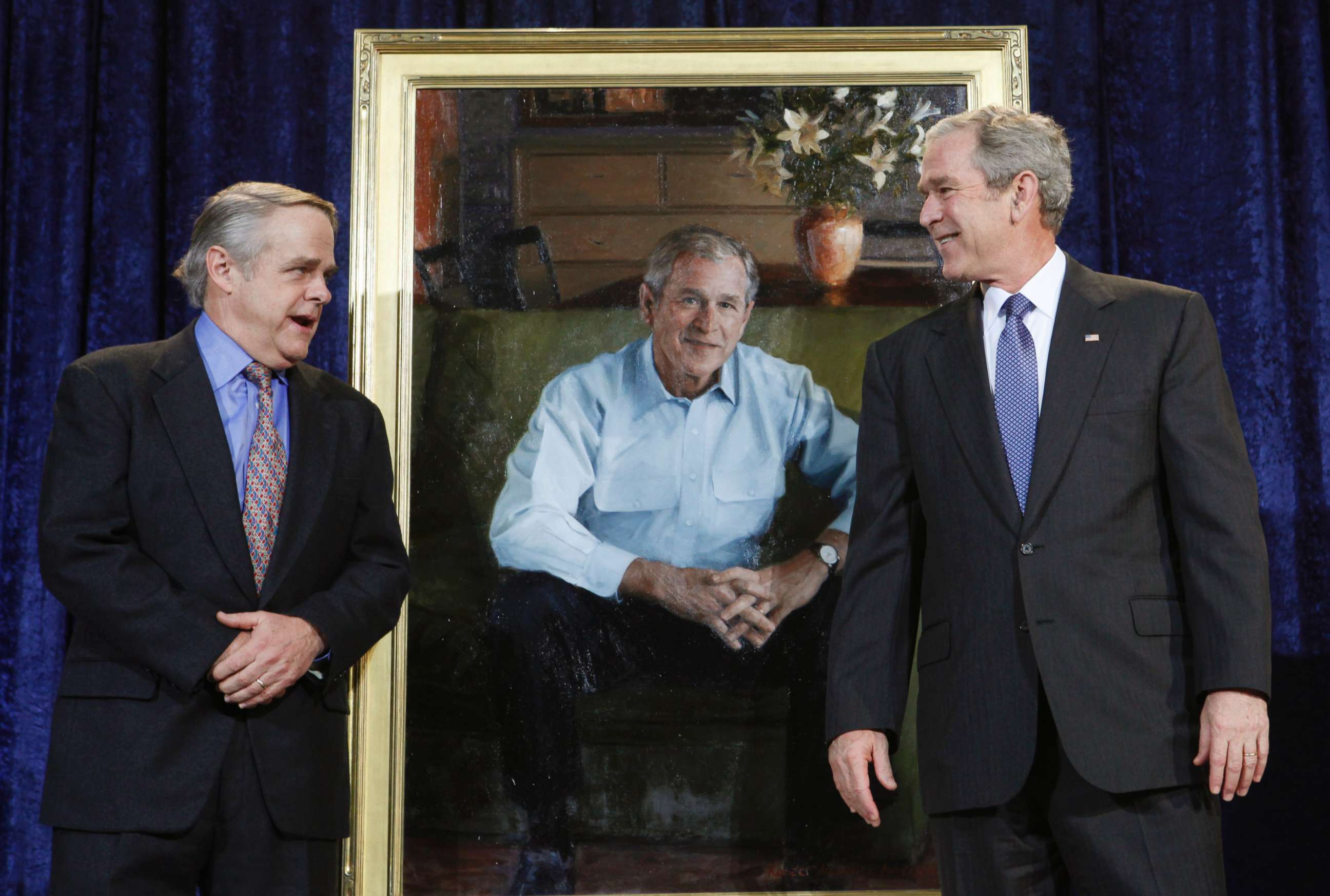
“[Bush] can be very formal when he needs to, but the way I like to work is to encourage sitters to be as comfortable as they dare to be even for a formal portrait,” Anderson said. The final unveiling of the Bush portrait was December 19, 2008.
While painting Hillary Clinton, artist Ginny Stanford noticed that the then-New York senator felt much more comfortable “in this yellow pantsuit as oppose[d] to the formal gown” one of her assistants picked out.
The pantsuit was selected during one of their final sittings together, and Sanford says, “it was obvious that that was what she should be painted in.”
Stanford had three sittings with Clinton over the time it took four years to paint her portrait. But with Clinton’s packed schedule as a New York senator, and then the tragic, unforeseeable terrorist attacks on 9/11, the portrait's completion got pushed back.
It wasn’t until February 2006 that Stanford started putting paint to canvas on the final version of the portrait. Stanford faced a crushing deadline to finish by the April 24 unveiling ceremony. On the Friday before the big reveal, she was still adding the finishing touches before shipping it off to Washington from her California studio.
The project was deeply meaningful to Stanford because she “felt a lot of empathy for [Clinton] as a woman, given some of the difficulties that she had to go through in public.”
“As a woman, I wanted people to see that a woman can be powerful and warm and tender at the same time. They’re not mutually exclusive,” Stanford said, adding, “That was the purpose of my portrait.”
As Wiley and Sherald undertake the daunting task of painting a president and first lady, Stanford said Sherald could face the same challenge she did as a lesser-known artist painting the first lady.
She admitted being intimidated that renowned artist Nelson Shanks was commissioned to paint President Bill Clinton's portrait.
"I could psyche myself out, which I tried not to do, by thinking, 'Mine’s going to be compared to his' and, you know, 'What if people don’t like mine?' Stanford said.
But once she got painting, all of that melted away.
"[Clinton] could be the easiest client I ever had. She really trusted me," Stanford said. "And that’s the greatest thing when you’re working with someone."